Afrikakorps Luftwaffe Flying Helmet LKp N-101
SKU: 23.GOR.01.02.03.001
Estimated market value:
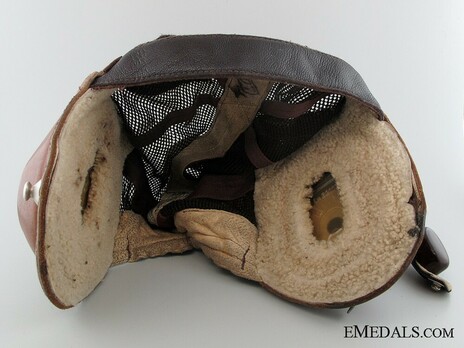
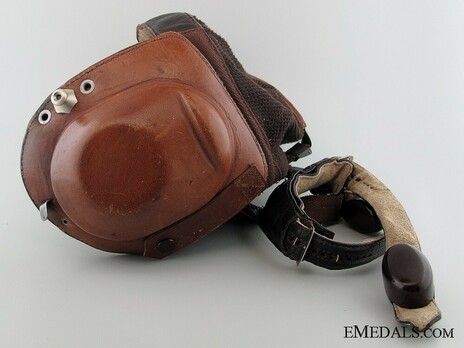
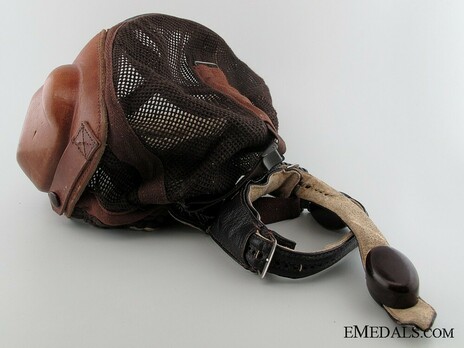
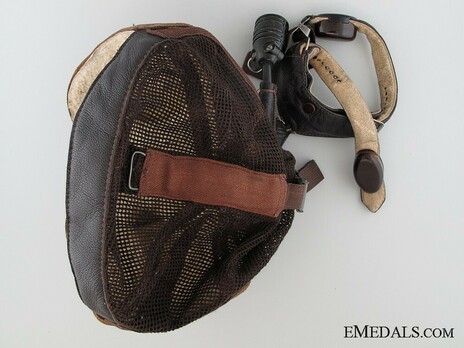
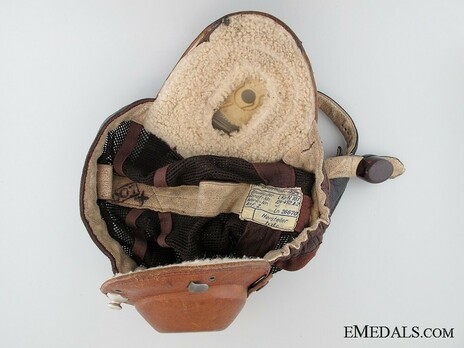
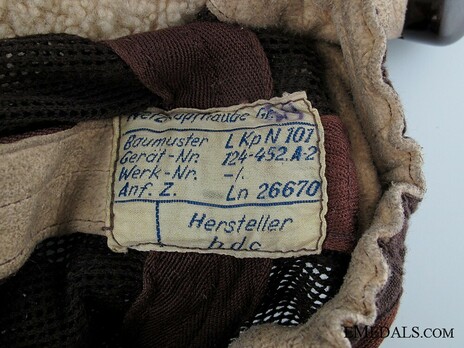
Estimated market value:
Attributes
History
During the Second World War, German troops stationed in northern Africa are generally referred to as the Afrikakorps. Technically, this is not entirely correct, since some German units operating in Africa were not actually part of the DAK (Deutsches Afrikakorps), and some units of it were, in fact, Italian ones. However, for the purpose of collecting so-called “tropical” uniforms and insignia, collectors have simplified the meaning of the term.
The first German troops were sent to northern Africa in February of 1941, to support their Italian allies against the British. The climate of the African continent made it necessary to wear specialised uniforms and gear that not only supported the soldiers in serving in a hot and arid environment, but also helped them in blending in with the landscape, which, in general, presented itself as brown, olive, khaki, or sand/tan in colour. Worn over long periods of time under the blistering desert sun, some uniforms were eventually bleached to white or off-white. Uniforms and insignia in these colours are often referred to as “tropical”, and it is worth noting that they weren’t just worn by members of units stationed in Africa, but in the entire Mediterranean theatre of war, including southern France, Italy, the Balkans, and Greece, as well as in southern Russia during the summer months. Tropical uniforms were worn by members of all three branches of the Wehrmacht: the Heer (army), the Kriegsmarine (navy), and the Luftwaffe (air force). Members of the Waffen-SS stationed in southerly regions also wore tropical-style uniforms, and even though they technically have no connection to the DAK, all tropical uniforms and insignia of all branches of the German military are listed here.
Luftwaffe Flying Helmets include unlined models for summer use. Models come with or without earphones and oxygen mask fittings.
Summer flying helmets were made of brown linen.
Luftwaffe flying personnel serving in warmer, tropical climate areas often wore a net top version flying helmet, known as “Netzkopfhaube”, designated as model LKp N-101. This flying helmet differs from other models not only by its thin mesh net top, but also by a lack of a chinstrap.
The flying helmet for summer use without earphones and oxygen mask fittings was referred to as model FK 34. It was used in airplanes without radio equipment and for training purposes. The flying helmet for summer use with earphones, a throat microphone, and oxygen mask fittings has several models. The earliest model is known as model LKp S-53, and can be identified by having oval, molded plastic earphone mountings. The later models, LKp S-100 and LKp S-101 have leather covered earphone mountings with a depression to hold the goggles strap in place.
A rare flying helmet known as LKp S-54 was used by aircraft commanders. It has additional internal features, allowing the wearer greater electronic communication potential.
Flying personnel on missions over bodies of water often wore a flying helmet cloth cover, either in white or yellow. It was supposed to make it easier to spot downed flying personnel in water.


Comments
Sign in to comment and reply.


Scroll Top